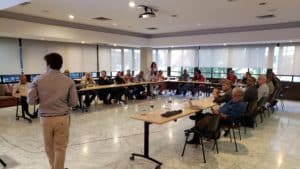In December 2022, a specialist technical workshop provided training for laboratory staff and technical energy efficient officials in Cuba to facilitate implementation of improvements to the existing monitoring verification and enforcement aspects of national efficiency regulations for air conditioners, specifically on seasonal energy efficiency metrics and inspections and enforcement of energy efficient labels. The training was provided on 8-9 December 2022 by UNEP’s United for Efficiency (U4E), as part of the GCF Readiness Programme-funded project, Leapfrogging to Energy-Efficient and Climate Friendly Air Conditioners in Cuba, El Salvador and Honduras.
 Under Cuba’s current technical efficiency regulations and labels for air conditioners, the metric used to measure efficiency is the energy efficiency ratio which is measured at a single ambient temperature (at 35°C). However, this metric doesn’t give a complete picture of the efficiency of different product types as it does not consider the benefits of variable speed air conditioners (inverters) with respect to fixed speed air conditioners when the full load capacity is greater than the demand, as happens when the air conditioner operates at temperatures lower than the nominal.
Under Cuba’s current technical efficiency regulations and labels for air conditioners, the metric used to measure efficiency is the energy efficiency ratio which is measured at a single ambient temperature (at 35°C). However, this metric doesn’t give a complete picture of the efficiency of different product types as it does not consider the benefits of variable speed air conditioners (inverters) with respect to fixed speed air conditioners when the full load capacity is greater than the demand, as happens when the air conditioner operates at temperatures lower than the nominal.
Therefore, one of the recommendations of the GCF project was to update the efficiency calculation to a seasonal metric (seasonal efficiency seasonal ratio) using international standard ISO 16358-1:2013, which calculates the average annual efficiency considering external temperature variations, as the reference.
This training workshop was designed to support this recommendation by providing appropriate training to staff from Cuba’s national testing laboratories, and related technical organizations, on the use of seasonal efficiency metrics and carrying out the calculation of seasonal energy efficiency as defined in ISO 16358-1. This included detailed technical discussion on:
- Test points for fixed and variable speed air conditioning equipment
- Tables of hours of use depending on the ambient temperature
- Equations and graphs for data extrapolation and calculation of seasonal energy efficiency in fixed and variable speed air conditioners
- Use of EXCEL tools for the calculation of seasonal energy efficiency with ISO 16358-1, for the calculation of seasonal energy efficiency
- Information on experiences from Brazil on best practices on handling during the test to obtain more accurate results in the calculation of energy efficiency
Participants in this training included representatives from Cuba’s Institute of Refrigeration and Air Conditioning (IRC), along with representatives from the technical directorates the National Office for the Control of the Rational Use of Energy (ONURE) and the technical officer from Cubaenergía.
This very technical session was complemented by a more general session which provided an overview of the main parameters of the energy efficiency labels used in Cuba and good practice in market surveillance for enforcement of proper use of the labels.
Speaking on behalf of IRC, the General Director José Rojo Rodriguez said, “Participation in the workshop was of great importance both for the Institute of Refrigeration and Air Conditioning and for me personally, since it made possible the exchange of experiences, an increased understanding of the state of the art of the specialty in other places and helped foster relationships with other institutions and specialists, which I consider of great benefit.”
To learn more about the workshop and the Leapfrogging to Energy-Efficient and Climate Friendly Air Conditioners in Cuba, El Salvador and Honduras project, please contact U4E’s Roberto Borjabad at roberto.borjabad@un.org or click here to download a copy of the project factsheet.


Leave a Reply